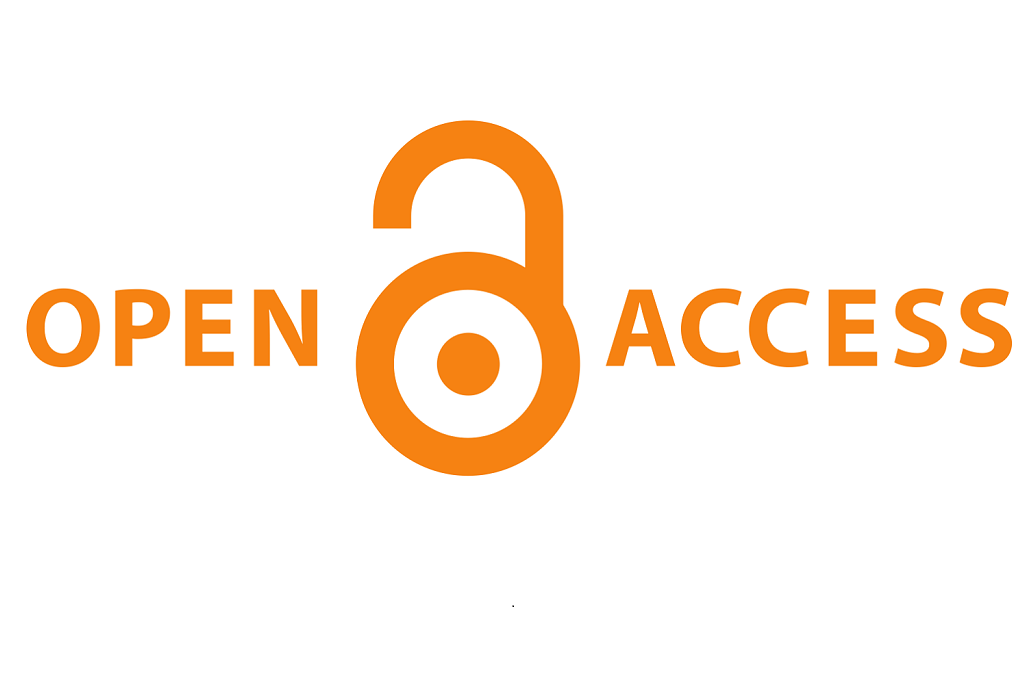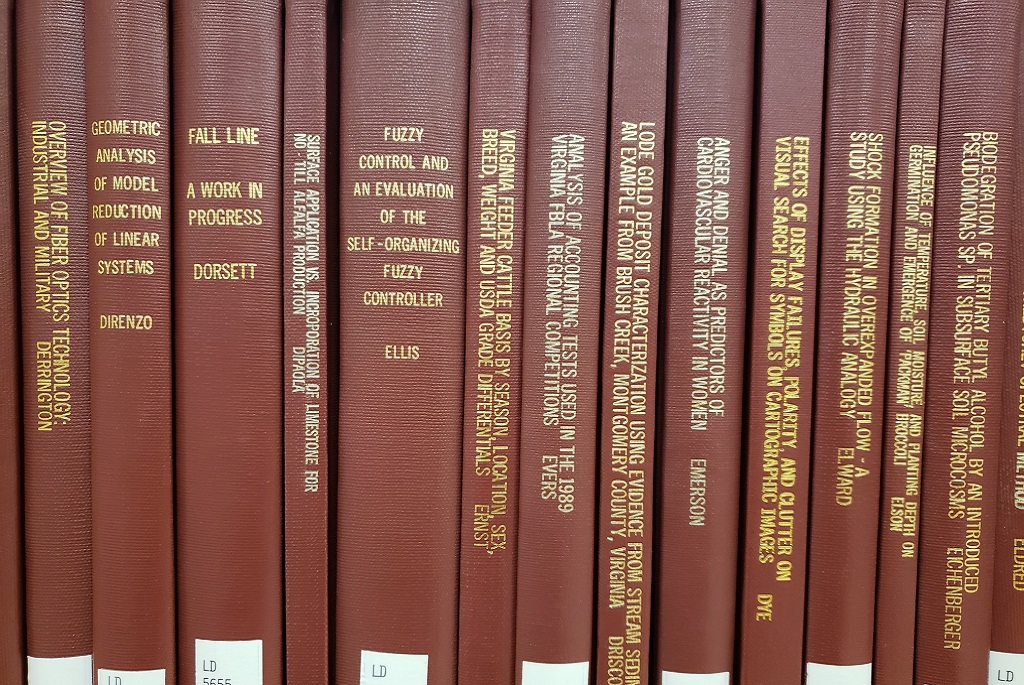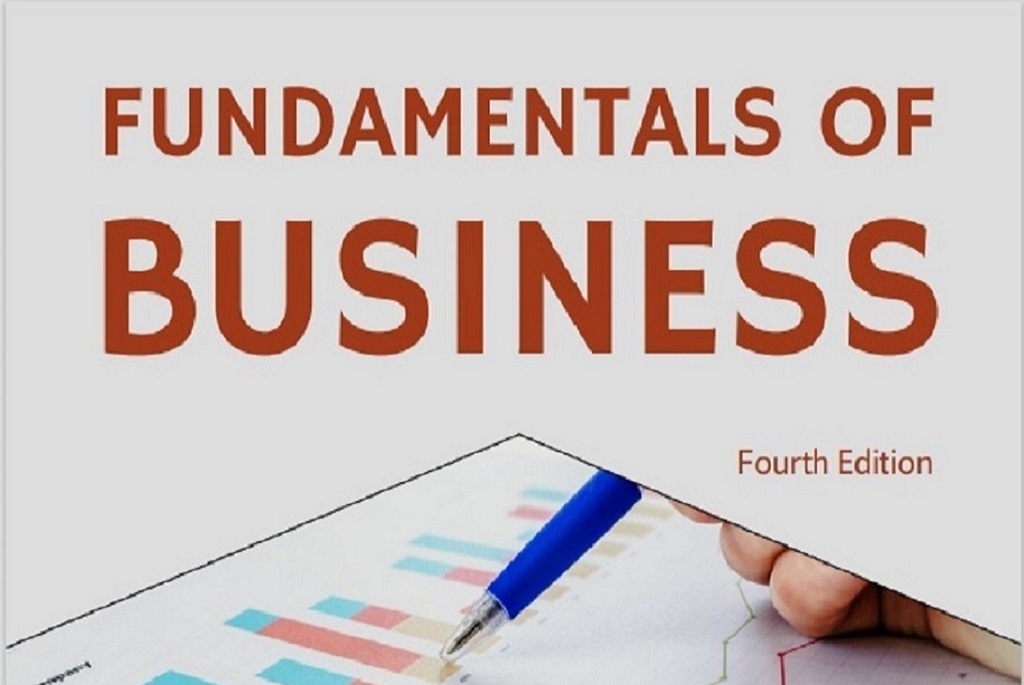VTechWorks
VTechWorks provides global access to Virginia Tech scholarship, including journal articles, books, theses, dissertations, conference papers, slide presentations, technical reports, working papers, administrative documents, videos, images, and more by faculty, students, and staff. Faculty can deposit items to VTechWorks from Elements, including journal articles covered by the University open access policy. Email vtechworks@vt.edu for help.
Communities in VTechWorks
Select a community to browse its collections.
Recent Submissions
TLOS Annual Report, 2023-2024
(Virginia Tech, 2024)
This report presents TLOS' key accomplishments for the 2023-2024 academic year.
Virginia Tech Helmet Ratings Memorandum - July 2025
Rowson, Steven; Begonia, Mark T.; Miller, Barry; Stark, Nicole (Virginia Tech, 2025-07-14)
An update to star rating thresholds for bicycle, varsity football, and youth football helmets.
CNRE News, Summer 2025
(Virginia Tech, 2025)
The College of Natural Resources and Environment news magazine includes timely news about the departments and much more going on in the College.
Discrete Diffusion for Text Infilling
Zhang, Andrew Xinghua (Virginia Tech, 2025-07-10)
Generative modeling of text is a fundamental challenge in natural language processing. While autoregressive models have achieved remarkable success, they face limitations in parallelizability and flexible control. Discrete diffusion models offer a promising alternative paradigm, leveraging iterative refinement and potentially enabling bidirectional context use, parallel generation, and flexible prompting. However, existing discrete text diffusion models typically assume fixed token positions, hindering their application to tasks requiring dynamic sequence lengths, such as unconstrained text infilling where ground-truth positional information is absent.
vspace{baselineskip}
This thesis introduces textbf{D}iscrete textbf{D}iffusion with textbf{O}ptimal textbf{T}ransport Position Coupling (DDOT) to overcome this critical limitation. DDOT is presented as the first discrete diffusion framework capable of handling flexible-length text infilling. At its core, DDOT employs a novel diffusion process that jointly models discrete token identities and continuous token positions. To maintain sequence coherence during the iterative generation process, a sample-level optimal transport (OT) coupling is integrated, ensuring consistent relative ordering of tokens.
vspace{baselineskip}
The methodology developed in this thesis is designed to be compatible with various underlying discrete diffusion techniques and pretrained denoising models. Comprehensive experimental validation on challenging constrained text generation benchmarks demonstrates DDOT's effectiveness. Results show that DDOT achieves performance competitive with state-of-the-art non-autoregressive methods, nears the quality of autoregressive models, and provides significant gains in training efficiency and flexibility for position-aware generation tasks. This research thus advances the capabilities of discrete diffusion models for complex text generation scenarios.
ICoN: Immersive Computational Notebook for Data Science
In, Sungwon (Virginia Tech, 2025-07-10)
Computational notebooks are widely used in data science, offering an interface that integrates code, documentation, visualizations, and data within a single environment. However, as data analysis becomes increasingly complex, the traditional WIMP (Windows, Icons, Menus, Pointers) interface faces limitations in supporting advanced, embodied workflows. To address this, we initially adapted the computational notebook into the immersive environment to leverage the embodiment and immersiveness provided by immersive technologies. While our adoption of computational notebooks in immersive environments improved navigation performance, their standard interfaces were less effective, which required extensive text input for tasks such as data transformation and visualization. To overcome these challenges, we initially explored embodied data transformation, focusing on gesture-based, direct data manipulation within immersive environments. Embodied data transformation reduced cognitive load, enabling more intuitive data analysis without extensive text input and programming expertise. Building on these successful explorations, we developed ICoN, a system that integrates immersive computational notebooks, embodied data transformation, and visualization within a unified workspace. Through controlled comparisons of desktop vs. VR and separated vs. unified workspaces, we found that ICoN not only improves navigation performance but also enables intuitive data transformation and visualization capabilities. However, despite ICoN's potential, the organizational strategies where execution order plays an important role in immersive environments remain underexplored. Our next research addresses this gap by examining how users spatially arrange and interact with computational notebooks in immersive contexts. In a user study, participants favored organizing their work in half-cylindrical layouts and engaged more frequently in non-linear analysis compared to traditional setups. This shift suggests that immersive environments encourage new approaches to managing data science workflows, leading to a more flexible and efficient use of computational notebooks. Yet, general limitations, such as scalability, must be addressed for ICoN to be applied to real-world, complex data analysis scenarios, where tasks are performed over longer periods and with larger datasets. Manually adjusting large notebooks for different tasks can be time-consuming and exhausting. To overcome these challenges, we introduced organizational guidance, which enables the system to assist analysts in building well-defined structures with consistent spacing and alignment. In our user study, we found that organizational guidance significantly improved the effectiveness of constructing large-scale analyses within immersive computational notebooks. By enabling participants to quickly reorganize their workspace, the system facilitated faster initiation of analysis. To isolate the effect of organizational guidance, we annotated specific cells in the study to highlight embedded structural patterns, helping participants focus on organization rather than code comprehension. However, in real-world analysis, the process often involves a sensemaking process, such as understanding the underlying execution logic, which remains necessary even with guidance. As a result, navigating large, immersive spaces remains inevitable for performing large-scale analyses. We envision incorporating lens techniques commonly used in the field of visualization, allowing analysts to closely inspect small or detailed data elements, and employing near-far proxies that reveal different levels of information based on the distance between the analyst and the target content.


